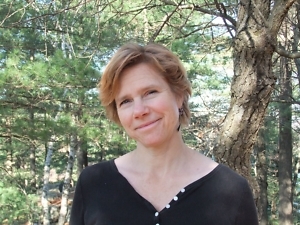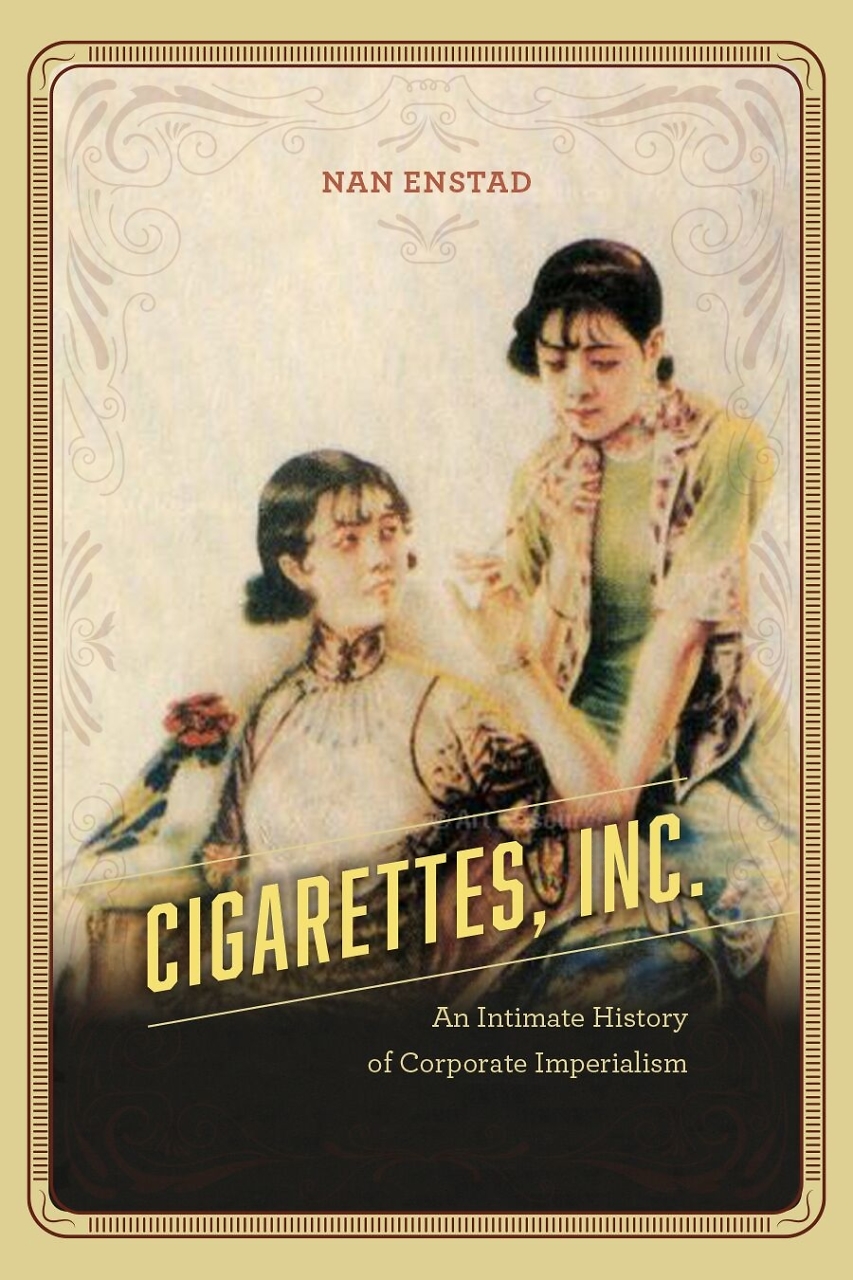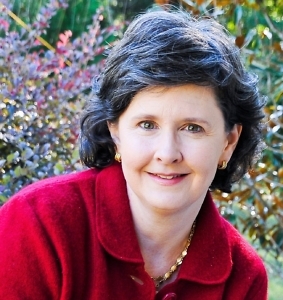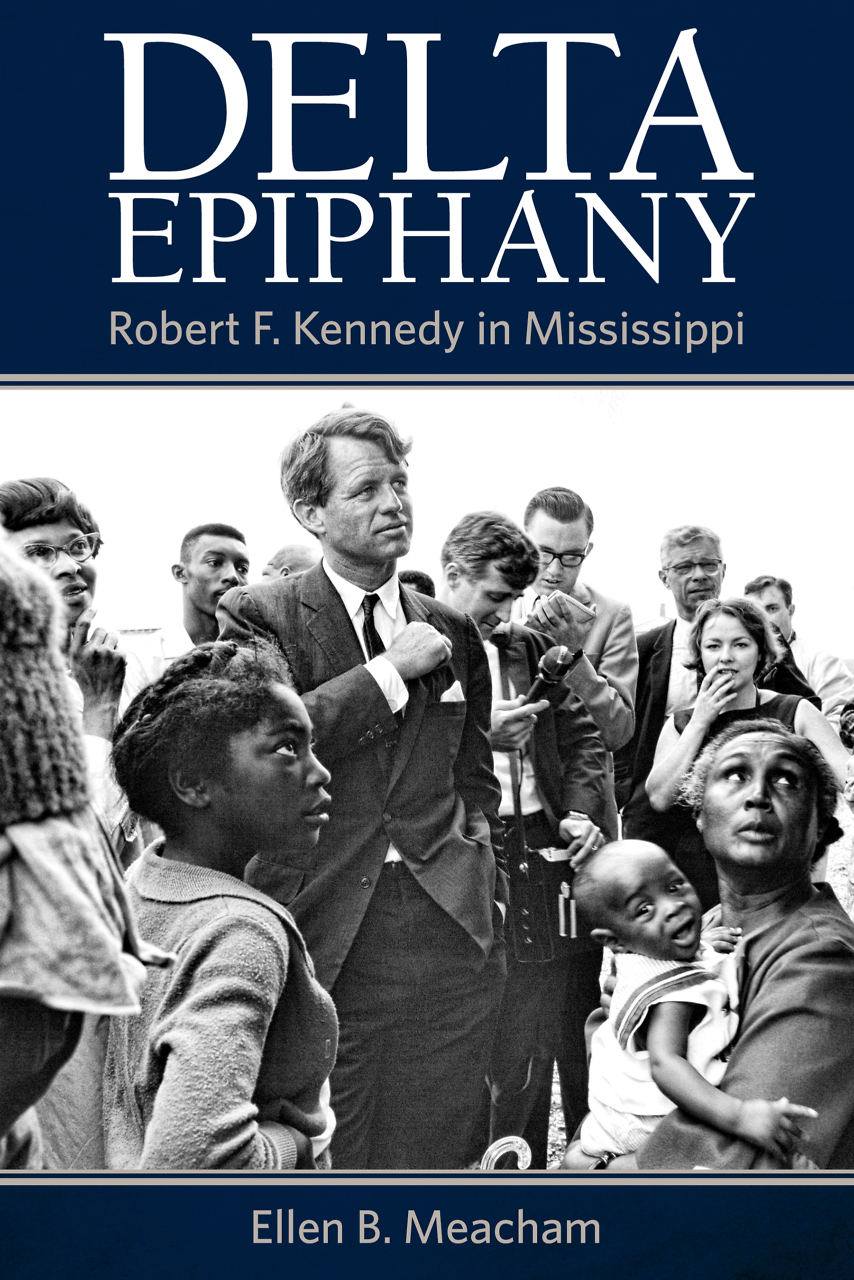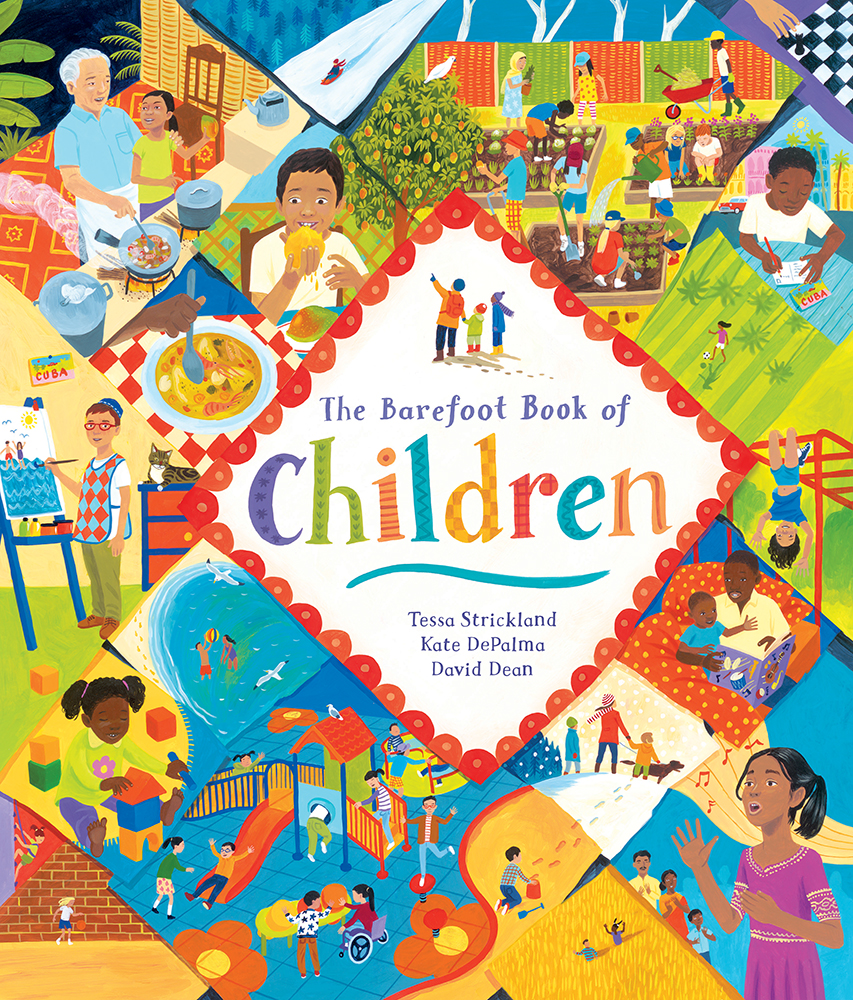Lost Causes
Andrew Donnelly digs into same-sex romantic affections in the 19th-century South
Two soldiers, one for the Union and one for the Confederacy, die in each other’s tender embrace, with what looks like a kiss. This scene occurs in The Birth of a Nation, a notorious 1915 film by D.W. Griffith that romanticizes the Lost Cause of the South in the Civil War. In Confederate Sympathies, a wide-ranging and impressive literary history, Andrew Donnelly interprets novels, memoirs, histories, and movie scenes such as this one. He reads the Civil War and its memory through the frame of male same-sex affection.
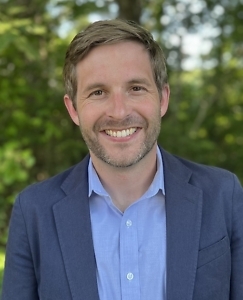
Donnelly is an assistant professor of English at the University of Memphis. His essays have appeared in American Literary History, Women’s Studies, American Literature, and Public Books. He is the founder of the Freedom Summer Collegiate program for the Freedom Project Network, which brings Ph.D. students and university faculty to teach summer college-bridge courses for high school students at the Freedom Projects in Mississippi. He earned his Ph.D. at Harvard University.
Donnelly answered questions from Chapter 16 via email:
Chapter 16: How did you come to write Confederate Sympathies? What were the big questions that you sought to answer?
Andrew Donnelly: The demise of Reconstruction efforts — the undoing of that period’s gains in civil rights, democracy, and racial equality — is both a question for which we have a number of answers and still the great unanswered question of the 19th-century United States. Historians try to answer this question with the belief that doing so will change the way we understand (or may even change) present-day politics. I believe the answer lies partly in culture and that we can better understand this monumental event by interweaving political and cultural history.
I was equally interested in another monumental story of the 19th century: the birth of modern sexuality. How people saw and thought about themselves and desire culminated, by the end of the century, in two new formulations of identity — homosexuality and heterosexuality — as interior orientations determined at birth.
My aim was to explain how this history of sexuality ran alongside U.S. political history and how they shaped each other.
Chapter 16: You write about male “romantic friendship” in the era prior to the Civil War. What did that friendship look like? What political functions could it serve?
Donnelly: I think it may be surprising to us just how much intimate same-gender friendships — what contemporaries called “romantic friendship” — were a part of traditional, normative development. We have to remember that, at least institutionally, 19th-century American life was deeply segregated by gender, so that one’s educational, work, or political experiences were with people of the same gender. For many, especially middle- and upper-class people, cross-gender interactions, outside of those directed toward marriage, were a great source of danger to one’s status, prospects, and health. Thus, same-sex friendships meant stability, safety, and protection from those dangers — in many ways, a reversal of the scrutiny in later decades on same-sex intimacies between, say, boys or girls at the same boarding school.
From today’s perspective, there’s a question of whether such friendships included sexual behavior. We have historical evidence that some did, but they were not definitionally sexual. In any case, that was not a scrutinized question for contemporaries, for whom other social dangers, such as premarital sex between men and women, prostitution, abuse of alcohol, or gambling, were paramount. Precisely insofar as romantic friendships were a protection against such social dangers, they had cultural significance as stabilizing, conservative forces. That made them a potent political symbol for stability, compromise, and the status quo, both generally and within the late antebellum divisions over slavery.
Chapter 16: There was a lot of proslavery fiction in response to Harriett Beecher Stowe’s famous work, Uncle Tom’s Cabin. How did those novels employ same-sex intimacy?
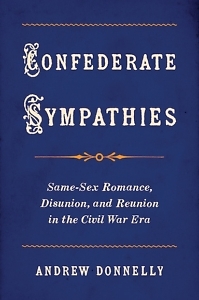 Donnelly: The success of Uncle Tom’s Cabin, both politically and financially, inspired at least 30 responses that tried to use the sensational power of Stowe’s novel for proslavery propaganda. Stowe depicted slavery as violently harming families; these racist responses largely presented slavery within happy families, consisting of benevolent white slaveholders and subordinate enslaved people. To convey this picture of dependence, such novels often include enslaved people as very ancient caretakers or the very young being taken care of.
Donnelly: The success of Uncle Tom’s Cabin, both politically and financially, inspired at least 30 responses that tried to use the sensational power of Stowe’s novel for proslavery propaganda. Stowe depicted slavery as violently harming families; these racist responses largely presented slavery within happy families, consisting of benevolent white slaveholders and subordinate enslaved people. To convey this picture of dependence, such novels often include enslaved people as very ancient caretakers or the very young being taken care of.
Young adult enslaved men present a problem for these narratives. That problem gets resolved through depictions of white slaveholders and enslaved men in relationships of deep intimacy. The books frequently treat enslavement with the solemnizing metaphors of marriage. The propaganda does a few things: It treats slavery itself as a fundamental institution like marriage, depicts enslaved people as willingly entering into these hierarchical relationships, and cloaks slavery itself in the appeal of romantic intimacy.
Chapter 16: In the aftermath of the Civil War, homosexuality emerged as more of a “problem” or “threat” in popular discourse. Why?
Donnelly: This is a very big question, but one answer is that heterosexuality, as a concept, needed the problem of homosexuality for its own existence. This same period after the Civil War is when heterosexuality emerged as not just a recommended way of being, but a natural and permanent one. Of course, that’s not to say that cross-gender marriage or sex was newly invented. But heterosexuality was conceptually new. The older set of prohibitions against sexual acts — what one did — was giving way to a positive conception of a permanent orientation of desire and way of being — who one was.
Historians have connected this transformation to a number of contemporaneous developments: the rise of industrial capitalism, the imposition of racial segregation, newly embraced biological or evolutionary theories, or a new bureaucratic organization of life. The assertion of a heterosexual imperative as the natural, normal, and proper way to be required an alternative defined in contrast as unnatural, abnormal, and improper. The more and better that alternative could be explained, especially through theories of race or science, the more that the heterosexual imperative could be affirmed as the natural order of things.
Chapter 16: You describe how Confederate soldiers were eroticized in popular depictions. How did those depictions help shape the memory of the Civil War and the politics of the late 19th century?
Donnelly: Given that a great many young men died fighting for the Confederacy, it may be no surprise to find those dead mourned and even celebrated after the Confederacy’s defeat. But a certain kind of depiction of the dead, young Confederate man spoke directly to an understanding of the nature of that defeat: cut down in the prime of life, on the verge of manhood, pure and innocent, rosy-cheeked, fair and blushing, and almost feminine.
Confederate Colonel John Pelham (1838-1863) exemplifies this phenomenon in my book. In the widely circulating likeness of the dead Pelham, Confederate mourners (and later Lost Cause ideologues) could see a symbol of the Confederate nation, imagined as pure, innocent, and cut down too soon. One’s love for Pelham, and his reciprocated love, was a much-claimed thing by Confederate officers after the war; looking back, they could reimagine their efforts as protecting the young man’s purity and virginal innocence against the war’s doomed inevitabilities. All these moves of sanctifying the Confederate war effort as an innocent, doomed, and very attractive lost cause may be a quite familiar feature of postbellum culture; that its objects were the Confederacy’s feminine young men, as much as the later-feted white Southern belles, is perhaps a surprising feature of this study.
Chapter 16: We live in a time when the study of sexuality is under attack, derided as “woke” and insignificant. How might you respond to those criticisms?
Donnelly: I think those making such criticisms are doing two things that are in tension. First, they are decrying the study of sexuality as frivolous, decadent, wasteful, or useless. Second, they are obsessing with the monomania of an Ahab against the white whale (or Milton’s Satan against God) that the hated object must be annihilated before it destroys not merely them and their family, but civilization itself. Such a project is doomed to fail for, as with Ahab and Satan, it turns out that the despised thing is actually inside of them. So when you find these people trembling with fearful rage that college classes are grappling with questions of human living that have engrossed thought since Plato, you just wish that they could abstract their thought one step removed from their own personal desires and fears. The field of women’s and gender studies, as well as sexuality studies, offers some helpful insights into why separating the personal from the political is hard to do.
I’ll add that my book provides some skepticism that sexuality offers the world-destroying power that reactionaries ascribe to it. In discourses around Civil War memory, we see sexuality deployed as a potent cultural force shaping political thought and action. If it functions as a political tool, then it’s easy to see now, with but a few months’ retrospective, that the sold-as-common-sense urgency to purge “wokeness” from humanities departments was, in fact, a justification for dismantling much of university’s core functions, especially the university’s role as an engine for class mobility.

Aram Goudsouzian is the Bizot Family Professor of History at the University of Memphis. His most recent book is The Men and the Moment: The Election of 1968 and the Rise of Partisan Politics in America.
